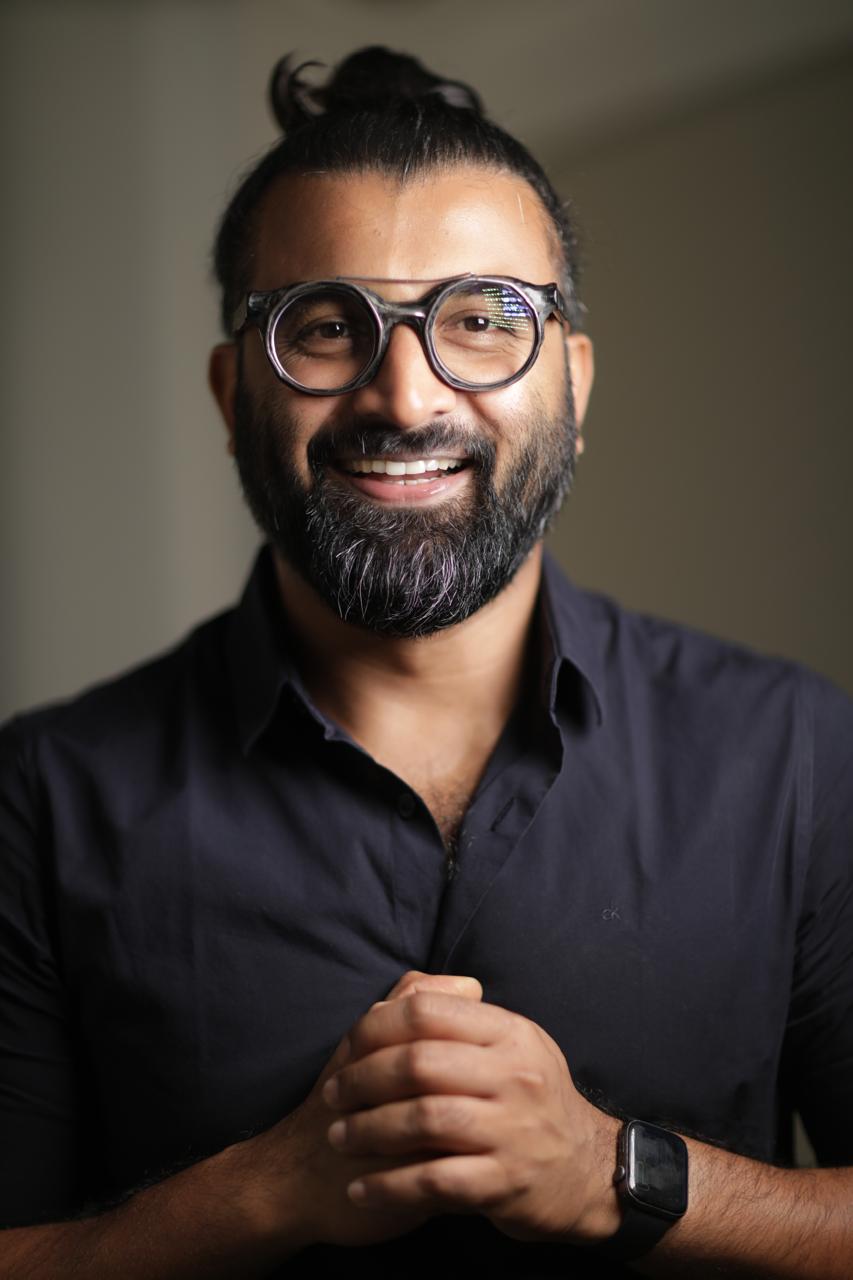JAMMU: In most of his media interactions, celebrity hair designer Darshan Yewalekar is asked to explain the difference between hair design and hair styling. The two are totally distinct disciplines, he reflects and adds, "Hair design is not an aesthetic intervention. There was a time when actors were expected to just look good, and, except for maybe period films, their hairstyle remained more or less the same. Even in that era, a new wig was supposedly made in London for Mr. Dilip Kumar when he was preparing to play Prince Salim in the 1960 classic 'Mughal-E-Azam.' Today, minute detailing is done in almost every film to ensure that actors look the part they are playing. It is not just about styling their hair but designing a character, starting with their hair."
He says this shift began sometime around 2001 when Farhan Akhtar's 'Dil Chahta Hai' reminded people how individualised hair design could set characters apart from each other. He recalls, "The characters evolve through the film and their look changes with them as well. Today I am designing hair for ensemble casts in films like 'Rocky Aur Rani Kii Prem Kahaani,’ ‘Kesari-2, ' 'Sky Force' and 'Jewel Thief-The Heist Begins' and each time, the design framework changes in keeping with historical, contemporary, social references and individual cues. A lot of research, for instance, went into Saif's look in 'Laal Kaptaan' and into all the work Ranveer Singh and I have done for Sanjay Leela Bhansali's films. Hair design is cinema’s new language and functions like a narrative tool."
He explains further, "Hair design today serves as a storytelling device to subtly communicate emotional and psychological shifts across the passage of time. Khilji's long, unruly hair in 'Padmaavat', for example, conveyed his primal instincts. In 'Laal Kaptaan', Saif's portrayal of an ascetic Naga sadhu was supported by his unkempt locks. His appearance conveyed his monastic lifestyle and his distance from regular society without the need for lengthy exposition. In 'Rocky Aur Rani Kii Prem Kahaani', the growth of Ranveer's character from flamboyance to maturity is also reflected in his hair. Today, every major star has a preferred hair designer to enhance the non-verbal dimensions of their performances."
This preference for personal hair designers, says Darshan, is in line with the sharper focus on hair as a crucial contributor to the realisation of cinematic vision. "Today, the delineation of a character is done collaboratively by hair designers, the director, the costume designer, the director of photography (DOP), as well as the make-up department. Modern filmmaking is about nuance and doesn't treat hair as an afterthought. This is why my work is integrated into the storytelling right from the onset, " he concludes.


